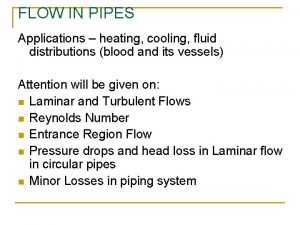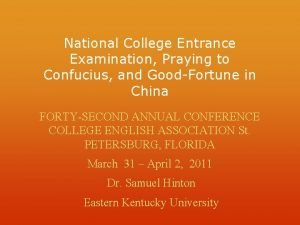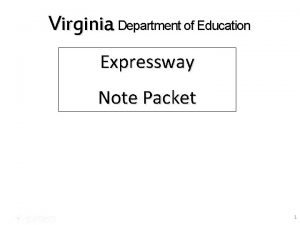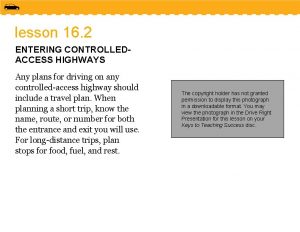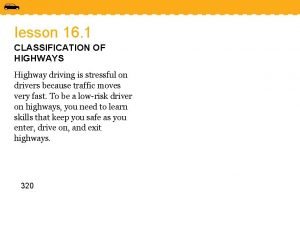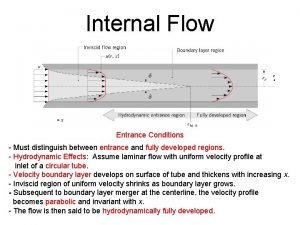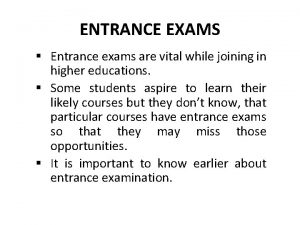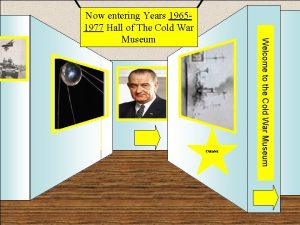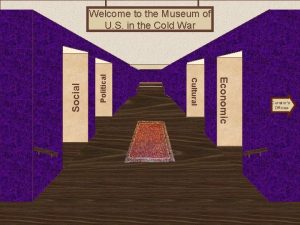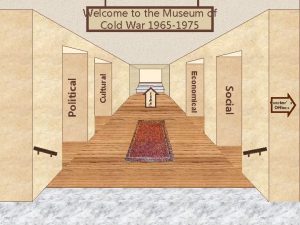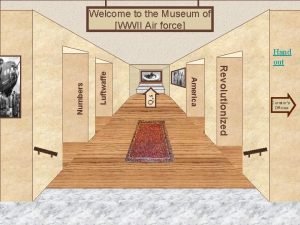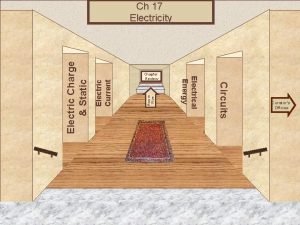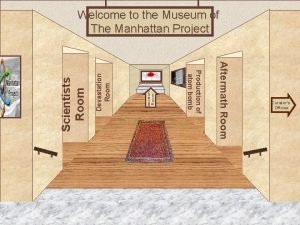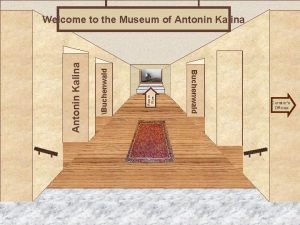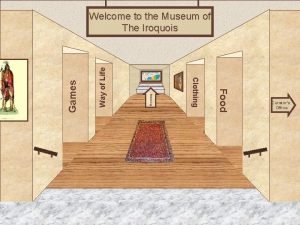Welcome to the Museum of Leaders Museum Entrance


![[Basic Info ] Room 1 Return to Entry [Basic Info ] Room 1 Return to Entry](https://slidetodoc.com/presentation_image_h2/8cba10980f0ce2759d0d9c9132a1188f/image-3.jpg)





















- Slides: 24

Welcome to the Museum of Leaders Museum Entrance Other info Weaponarie Basic Info THE BATTLE OF RESACA Thank You!

The Battle of Resaca Museum Curator’s Office Thankyou for visiting the Battle Of Resaca Museum, please come again soon. We should always remember the past so we wouldn't make the same mistakes we did then. ] Return to Entry
![Basic Info Room 1 Return to Entry [Basic Info ] Room 1 Return to Entry](https://slidetodoc.com/presentation_image_h2/8cba10980f0ce2759d0d9c9132a1188f/image-3.jpg)
[Basic Info ] Room 1 Return to Entry

Leaders Room 2 Return to Entry

[Weaponry Room 3 Return to Entry

Other info Room 4 Return to Entry

Map of the battle of Resaca The Western & Atlantic Railroad was the lifeline of both Union and Confederate armies in Northern Georgia. Most people relied on it for a steady stream of supplies from points south used it to bring food and ammunition to his army as they penetrated deeper into enemy country. The North decides to cut all supplies including food from coming into the south. Return to Exhibit

May 13 - 15, 1864 The first battle in Maj. Gen. William T. Sherman's campaign against Atlanta, Confederate Gen. Joseph E. Johnston established a four-mile defensive position protecting the Western & Atlantic Railroad west and north of Resaca, where the railroad crossed the Oostanaula River. On May 13 th, Sherman tested the Rebel lines, sending forward divisions to skirmish with the Confederates, with little substantive result. On the 14 th, the fighting erupted into a full-scale battle. On the 15 th, Sherman renewed his assault on the Confederate center, including a focused attack on the four guns of Confederate Captain Max Van Den Corput. Thomas Sweeny’s Sixteenth Corps division of Federal troops crossed the Oostanaula at Lay’s Ferry at the south end of the Confederate line, effectively flanking Johnston out of his entrenchments and forcing him to withdraw from the battle that evening. Return to Exhibit

Results Thomas Sweeny’s Sixteenth Corps division of Federal troops crossed the Oostanaula at Lay’s Ferry at the south end of the Confederate line, effectively flanking Johnston out of his entrenchments and forcing him to withdraw from the battle that evening. Linked citation goes here Return to Exhibit

Important fact Though Resaca was a tactical victory for Johnston, he was unable to maintain his position once Sherman began to threaten his supply line and was forced to withdraw. During the Battle of Resaca, Sherman's Union troops suffered great casualties. Linked citation goes here Return to Exhibit

Joseph E. Johnston • Joseph E. Johnston was a U. S. military officer who served as a Confederate general during the Civil War. A veteran of the Mexican-American War, Johnston entered the Civil War as one of the South’s senior officers and was appointed a full general. He won an early victory at the First Battle of Bull Run. Later was criticized for being quick to retreat during the Peninsula Campaign. Johnston was severely wounded at the Battle of Seven Pines, and was subsequently replaced by Robert E. Lee. He later commanded Confederate forces in the Western Theater, where he clashed with President Jefferson Davis over his cautious strategy during the Vicksburg and Atlanta Campaigns. Johnston surrendered to General William T. Sherman. After the war he worked as a railroad executive and insurance agent, and served a term in the U. S. Congress. He died in 1891 at the age of 84. Linked citation goes here Return to Exhibit

General Benjamin Harrison , the grandson of President William Henry Harrison, a Senator from Indiana and 23 d President of the United States; born in North Bend, Hamilton County Ohio. Graduated from Miami University, Oxford, Ohio, in ; studied law in Cincinnati; moved to Indianapolis in ; admitted to the bar and practiced; reporter of the decisions of the supreme court of the State; served in the Union Army during the Civil War; brevetted brigadier general and mustered out in; while in the field he was reelected reporter of the State supreme court and served four years; unsuccessful Republican candidate for Governor of Indiana in ; appointed a member of the Mississippi River Commission in 1879; elected as a Republican to the United States Senate and served from March 4, 1881, to March 3, 1887; chairman, Committee on Transportation Routes to the Seaboard. Elected President of the United States in 1888; inaugurated on March 4, 1889, and served until March 3, 1893; unsuccessful candidate for reelection in 1892; attorney for the Republic of Venezuela in the boundary dispute between Venezuela and Great Britain in 1900; died in Indianapolis, Ind. , March 13, 1901; interment in Crown Hill Cemetery. Linked citation goes here Return to Exhibit

General William T. Sherman • In May 1861, William T. Sherman was appointed colonel in the 13 th U. S. Infantry, and was assigned command of a brigade under General William Mc. Dowell in Washington, D. C. Grant's capture of Fort Donelson. Sherman then was assigned to serve with Grant in the Army of West Tennessee. His first test as a commander in combat came at Shiloh. Likely fearing renewed criticism of appearing overly alarmed, William T. Sherman initially dismissed intelligence reports that Confederate General Albert Sidney Johnston was in the area. He took little precaution shoring up picket lines or sending out reconnaissance patrols. On the morning of April 6, 1862, the Confederates struck. Sherman and Grant rallied their troops and pushed back the rebel offensive by day's end. With reinforcements arriving that night, Union troops were able to launch a counter attack the next morning, scattering Confederate troops. Sherman remained in the West, serving with Grant in the long campaign against Vicksburg fell and Sherman was given command of three armies in the West. Linked citation goes here Return to Exhibit

Leonidas Polk • When the war came, his friendship with West Point classmate Davis Jefferson won him a commission as a major general in the Confederate States Army. In 1862, Polk commanded troops at the Battles of Shiloh, Perryville, and Stones River. Polk came back to the Army of Tennessee, his old unit, just before Union General William Sherman launched his campaign towards Atlanta on May 4. On June 14, 1864, in the midst of the titanic conflict, Polk and a group of fellow officers rode to the top of Pine Mountain in order to better examine the Union positions in the valley below. Riding along the blue lines, General Sherman spotted the officers through a spyglass. He ordered cannons to fire on the group. The first shot scattered the Confederates and the second tore through Polk’s body. He was killed and brought back through the army lines on a litter. Linked citation goes here Return to Exhibit

Swords/knives • Civil War Swords and Sabers • Swords were still used widely in the civil war. Popular swords include the Model 1832 Foot Artillery Sword, Model 1832 Dragoon Saber, Model 1840 Light Artillery Saber, and the Model 1840 Army Noncommissioned Officers’ Sword. Linked citation goes here Return to Exhibit

rifles, pistols, muskets, The civil war brought many advancements in gun technology, most notably the widespread use of rifled barrels. Popular rifles used in the civil war include the Springfield rifle, the Lorenz rifle, the Colt revolving rifle. Linked citation goes here Return to Exhibit

Cannons • Cannons played a major role in the civil war. Some of the cannon used by union and confederate forces include the 12 pound Howitzer, the 10 pound Parrot rifle, and the 3 inch ordnance rifle. Linked citation goes here Return to Exhibit

The Minie Ball The Minié Ball (aka Minie Ball) was a type of bullet that was used throughout the Civil War. Designed to expand while traveling along the rifle barrel, it increased muzzle velocity as well as providing spin to the bullet, expanding its accuracy and range. This advance in weaponry, along with outdated military tactics devised in an era of older firearms, are often cited as a reason for the large numbers of casualties of the Civil War. . Linked citation goes here Return to Exhibit

Location The Battle of Resaca was part of the Atlanta Campaign of the American Civil War. The battle was waged in both Gordon and Whitfield counties, Georgia, May 13– 15, 1864. It ended inconclusively with the Confederate Army retreating. Return to Exhibit

Interesting fact. Leonidas Polk was nicknamed the fighting bishop. Number of casualties are a total of 5, 547 (2, 747 Union, 2, 800 Confederate). Linked citation goes here Return to Exhibit

Uniform • In the north a certain number of men between the ages of 18 -45 from each community were drafted into the Union army. Soldiers, except for officers were issued uniforms. Officers were expected to purchase their own and had to make sure that they met strict military requirements. A dress code for all soldiers was strictly enforced except when they were on the battlefield. Anyone found in violation was made to pay a fine. In the later years of the Civil War the dress code was not as strictly enforced. Linked citation goes here Return to Exhibit

Confederates vs Union A battle between confederacy vs union. Soon after the battle began, the confederacy retreated. Linked citation goes here Return to Exhibit

Today there is a reenactment of the battle of Resaca in Georgia witch takes place on the battle field. Linked citation goes here Return to Entrance

The battle of Resaca Linked citation goes here Return to Exhibit
 Welcome welcome this is our christmas story
Welcome welcome this is our christmas story Inward projecting pipe entrance
Inward projecting pipe entrance Head loss formula for turbulent flow
Head loss formula for turbulent flow Prayer before entrance exam
Prayer before entrance exam How many syllables in brilliance
How many syllables in brilliance In the lathe machine, the workpiece is held by____.
In the lathe machine, the workpiece is held by____. Entrance facility
Entrance facility Horizontal
Horizontal Easter entrance hymns
Easter entrance hymns Single door dark room
Single door dark room Weave lane on expressway
Weave lane on expressway Bayview secondary school ib entrance exam
Bayview secondary school ib entrance exam The merging area of an entrance ramp is marked by
The merging area of an entrance ramp is marked by Prayer for meeting
Prayer for meeting Entrance culvert
Entrance culvert Short entrance lane
Short entrance lane Rvh atrium entrance
Rvh atrium entrance Bullet exit holes
Bullet exit holes If a driver mistakenly entered the wrong entrance ramp
If a driver mistakenly entered the wrong entrance ramp Entrance là loại hoạt cảnh
Entrance là loại hoạt cảnh Pipe entrance loss coefficient
Pipe entrance loss coefficient An organization providing an entrance ramp to internet
An organization providing an entrance ramp to internet Vdot ssar
Vdot ssar Xcaret entrance and xperience
Xcaret entrance and xperience Construction entrance
Construction entrance


